Even the Smallest Amount of Rain Sends Crashes Soaring, Study Finds

It may not be a bombshell report that leaves mouths agape, but it reinforces an age-old bit of driving wisdom: when it starts to rain, slow down and leave a greater distance between you and the car in front.
A new study reveals just how much precipitation plays a role in increasinging the likelihood of a fatal crash. Even in weather docile enough to simply dampen one’s hair, death stalks the roadways like a vulture seeking out scraps of rancid meat.
The study, published in the Bulletin of the American Meteorological Society and first reported on by the Associated Press, shows precipitation of all types increases deadly crash risk by 24 percent. In reaching their conclusion, researchers at the North Carolina Institute for Climate Studies probed 125,012 fatal car crashes in the continental U.S. from 2006 to 2011.
This study went beyond the sometimes vague police reports, analyzing the exact precipitation rate at the place and time of the crash using weather radar. While most drivers cut their speed sharply when it starts raining heavily, sometimes just for visibility reasons, the team was surprised to see just how deadly light rain is.
Just driving in light rain — “We’re talking a drizzle, just at the point where you might consider taking an umbrella out,” according to study lead author Scott Stevens — increased the chance of a fatal crash by 27 percent.
The most dangerous time to be driving in any rain, even drizzle, is just after the droplets start to fall. That rain mixes with oil, grease, and other residue on the road surface to make it extra slick, catching motorists off guard. After a sustained rainfall, most of that residue washes away, improving stopping distances. Thus, a road which has just seen a sprinkle can yield worse stopping times than a significantly wetter road that’s been soaked for hours.
Heavy rain, of course, can lead to hydroplaning, endangering even those who aren’t diving for an off-ramp. The visibility issue really comes into play, too. With the road ahead obscured and braking distances lengthened, no longer can drivers depend on the three-second rule.
Moderate rain, Stevens said, boosts the chance of a fatal crash by 73 percent. In heavy rain? It’s two-and-a-half times greater.
Population density also plays a role in the rate of fatal crashes. In heavily congested areas, most drivers aren’t going fast enough to die behind the wheel after something goes awry, even though their vehicle will sustain damage. The study showed that the Northern Rockies and Upper Midwest are the riskiest places to drive when the weather gets bad.
[Image: Mazda]

More by Steph Willems
Latest Car Reviews
Read moreLatest Product Reviews
Read moreRecent Comments
- SCE to AUX "...if there’s enough demand"If they are only offered as electric to begin with, how will Stellantis gauge demand - unhappy customers demonstrating at the dealers with torches and pitchforks?What a great way to add cost and reduce competitiveness, by making a propulsion-agnostic platform with a hundred built-in compromises.
- FreedMike Awfully nice car.
- Cprescott So is this going to lie and tell you that they have quality products at affordable costs that won't get recalled?
- SCE to AUX So they might continue gigacasting 3 pieces instead of 1. Tesla does gigacasting as a business advantage, so they aren't abandoning it. They probably ran into some tech challenge related to integrating 3 pieces into 1, so 3 will do.Meanwhile Toyota and several Chinese mfrs are adopting gigacasting because of Tesla.
- Tassos Great Choice, far better than an ES350. I prefer one size larger and a V8 as in the LS460, but it is probably not as agile as the GS.And thus spake the REAL TASSOS.
















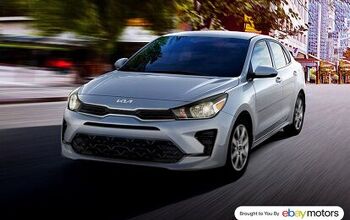
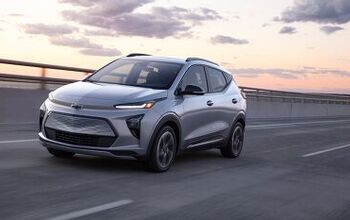

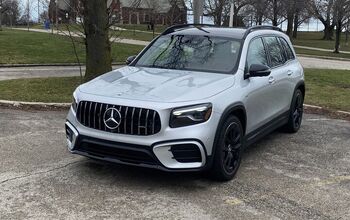
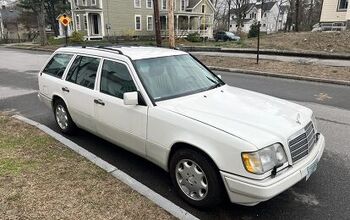
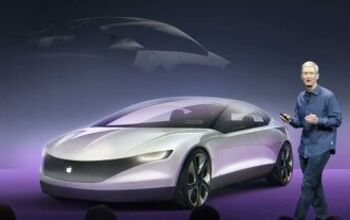

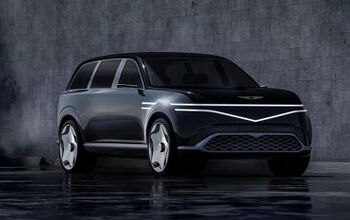
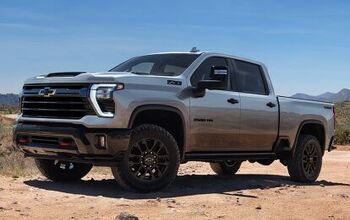
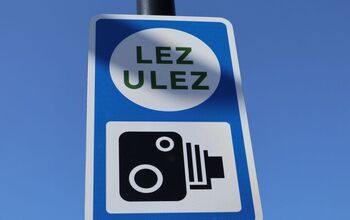
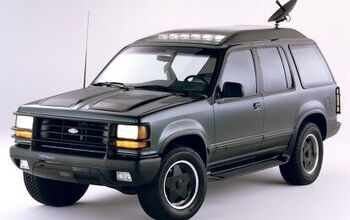
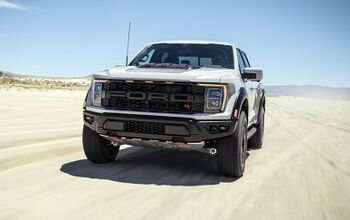

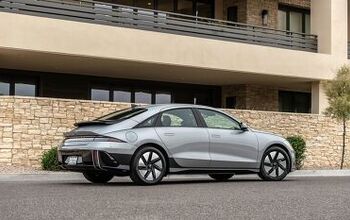
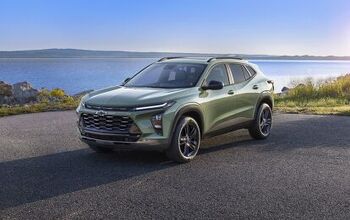
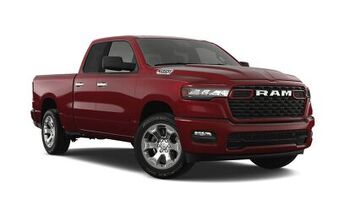

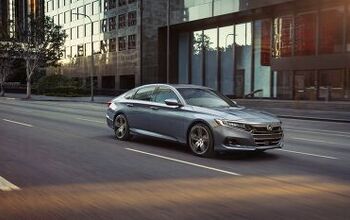
Comments
Join the conversation
Everyone drives too fast and too close when its dry, so they can't make the adjustment when the rain falls. Add into this the obsession with mobile devices behind the wheel and it only gets worse. Most of the driving public pays no attention to their vehicles until something is wrong, especially the tires. Just look at the tires on most cars as you stroll through a parking lot or along a street. More than a few are barely tires, let alone have any tread depth for removing water. It's not just old cars or cheap cars either, it's new(er) and expensive stuff too. I've seen Mercedes with the steel belts showing through. And as some others have mentioned, when it is time for replacement, its the Linglong SingSong Happy Best Economy tire or the cheapest thing out there. I know that state inspections are not popular among many here and that "mechanical failure" doesn't account for much in terms of the accident rate. But the best way to avoid an accident, besides an attentive driver, is having tires with tread and brake pads that exist, along with a minimally functioning steering and suspension system. When I used to commute to Cleveland from Pittsburgh, I'd see a lot of Ohio tagged cars on the side of the road, especially after the rain. I now drive to DC, through MD and VA, both of whom have state inspection. It's not that I don't see derelict cars, but less of them. As enthusiasts, we are in tune with our vehicles and the road. Your average driver is not, driving is a chore and the car an appliance to do it with. Most people only service their appliances when they break, they view their cars the same way.
Ha ! I read the part about old oily California highways, nothing has changed because it rains so infrequently here the oily buildup is the same, along with nails, sheet metal screws and God alone knows what all else yet I still see Motocylists driving the center every single day, fools who have no training much less common sense . The other thing about Southern California that I don't understand is this : When the rain comes, most drivers _Speed_up_ ~ presumably to get out of the rain faster but they of course also brake too hard and go sliding into something/ someone...... I'm that damnfool who's passing you on the left at post legal speeds when it's clear & dry and plodding along at whatever speed I deem prudent in the far right lane anytime there's rain . Always on good tires, not just tread, actual good tires, properly inflated by chalk testing . When I built & sold affordable used cars, I made sure every one had good brakes and tires with treads, no baldies allowed, I'd try hard to find matched pairs for use as axle sets, I din't care about the brands and so called them "my favorite brand 'rondunblack' " =8-) . -Nate